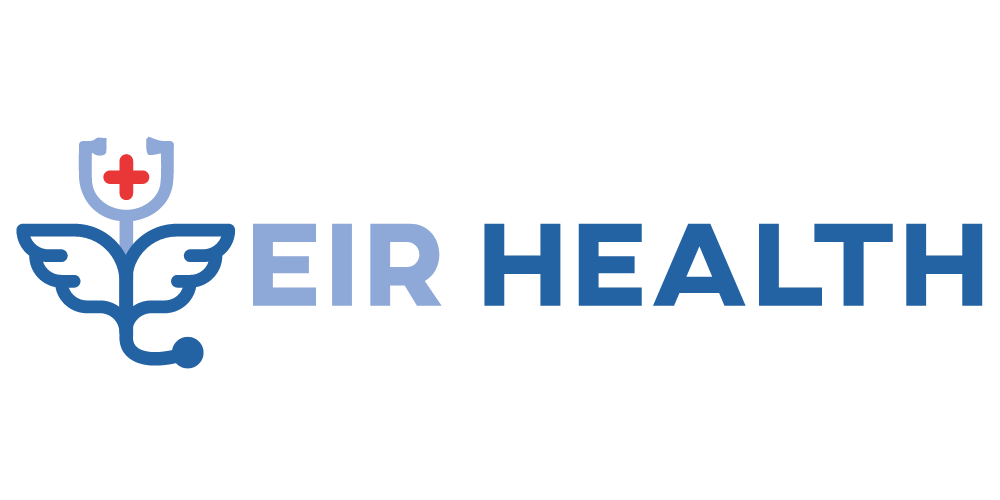Youthfulness regarding the lowest-high quality class were nominated of the co-workers much more stressed-taken much less prosocial than all other classes. Youngsters contained in this reasonable-top quality category was plus seen by the co-workers much more competitive than simply those who work in the brand new moderate-high quality category. Youngsters on the moderate-quality group and was in fact even more competitive and you may anxious-taken relative to the fresh new higher-top quality category. Among several categories revealing deeper assistance out-of parents, yet not, those in brand new discordant class (highest help and you may higher negativity) failed to rather disagree within their social-behavioral functioning on the large-top quality group (highest support and you can lowest negativity).
The us: Hidden Matchmaking Users
Just like the Korean test, a few users away from high quantities of help with different quantities of negativity emerged (Desk step one; Dining table S6; Figure S1). The original and you can biggest category, the large-quality category, made up 97 more youthful kids (C1; 46% of your test) whom reported highest degrees of service (mommy > father > friends; find Table S6 having pairwise contrasting) and you will low levels regarding negativity (mommy = dad > friend) across all of the relationship. The next class, the brand new discordant class (C2; 7%, letter = 14), advertised highest quantities of support from parents with average support of close friends (mom = dad > friend) combined with large degrees of negativity which have moms and dads, fathers, and you will friends (mommy > friend). The fresh new modest-high quality group (C3; 40%, letter = 85), advertised meagerly highest quantities of support round the all the dating that have moderately higher quantities of negativity with moms and dads along with lower negativity having household members (mommy > dad > friends). Lastly, this new highest-top quality relationship category (C4; 7%, n = 14), said highest degrees of service off members of the family having modest so you can low degrees of service of mothers and fathers (friend > mother > father), and you may highest quantities of negativity which have moms and dads, in accordance with loved ones (mother = dad > friend). Pairwise classification contrasting showed that teens both in the newest high-top quality and you may discordant kinds sensed higher service off their moms and dads and fathers, than those in the average-top quality and you will high-quality friendship categories. Young people on the discordant https://datingranking.net/blackcupid-review/ group reported greater negativity with mothers, dads, and you can relatives versus highest-high quality group, but don’t differ within the negativity than the moderate-top quality and you can high-high quality relationship kinds. Even though youthfulness in the high-top quality friendship group stated higher service from their family unit members (versus their parents), there is zero high category difference in relationship help in line with all other groups (Dining table step 1). There had been no extreme group differences in demographics (Table S2).
The united states: Hidden Relationships Pages and Public-Behavioral Working
Wald tests examining classification differences indicated that childhood on large-quality friendship classification exhibited higher violence and lower prosociality in accordance with new large-quality group (Table 2). The new highest-high quality relationship category are rated of the its co-worker while the lower in anxious-detachment compared to average-quality classification. The latest discordant class demonstrated straight down prosociality versus large-top quality group.
Portugal: Latent Relationship Users
Just like the Korean and you can You.S. samples, there had been one or two users regarding highest quantities of help with different amounts of negativity (Table 1; Table S6; Shape S1). The first and you can largest classification try a top-high quality classification, comprising 325 youth (C1; 57% of one’s test), which reported large degrees of service (mommy > dad > friends) and low levels off negativity around the most of the relationships (mother > father > friends). The next class, the fresh discordant class (C2; 13%, letter = 73), stated large levels of one another support (mommy = buddy > father) and negativity (mom > dad > friends). The third and you may smallest class, the new uninvolved father classification (C3; 11%, n = 65), try similar to the large-quality category that have accounts of high-level out of help and you will low amounts of negativity from inside the relationship with parents and you may members of the family, however, unique inside their reporting of your own lowest amounts of help and you will negativity inside the dad–child relationship (mom > nearest and dearest > father for both help and you will negativity). Lastly, the fresh new fourth-class, the new average-high quality relationship class (C4; 19%, n = 108), reported modest assistance and lower negativity inside relationships, minimizing quantities of support and you may modest degrees of negativity with moms and dads (buddy > mother = dad getting support; mother > father > friend to possess negativity). Pairwise group reviews revealed that teens throughout the highest-top quality group thought of higher assistance using their parents, compared to the uninvolved father and you can moderate-high quality friendship categories, whenever you are teens from the discordant group stated higher negativity having parents, dads, and you will friends as compared to other groups (Dining table step one). There are no tall group differences in the latest demographic suggestions (Dining table S2).
